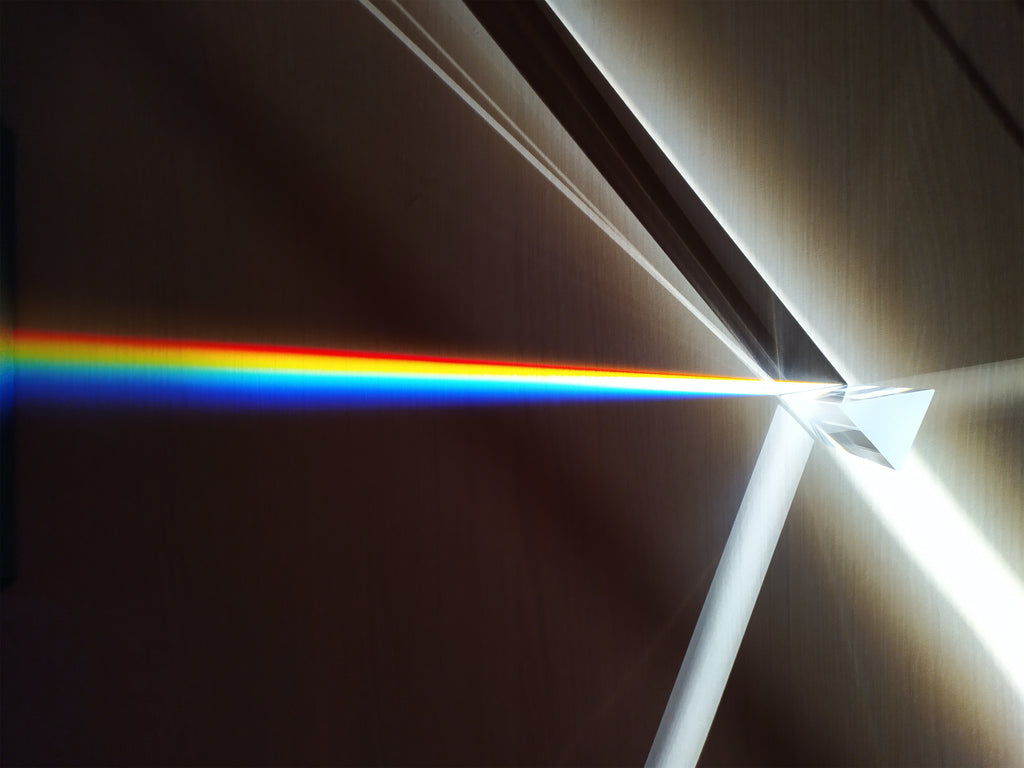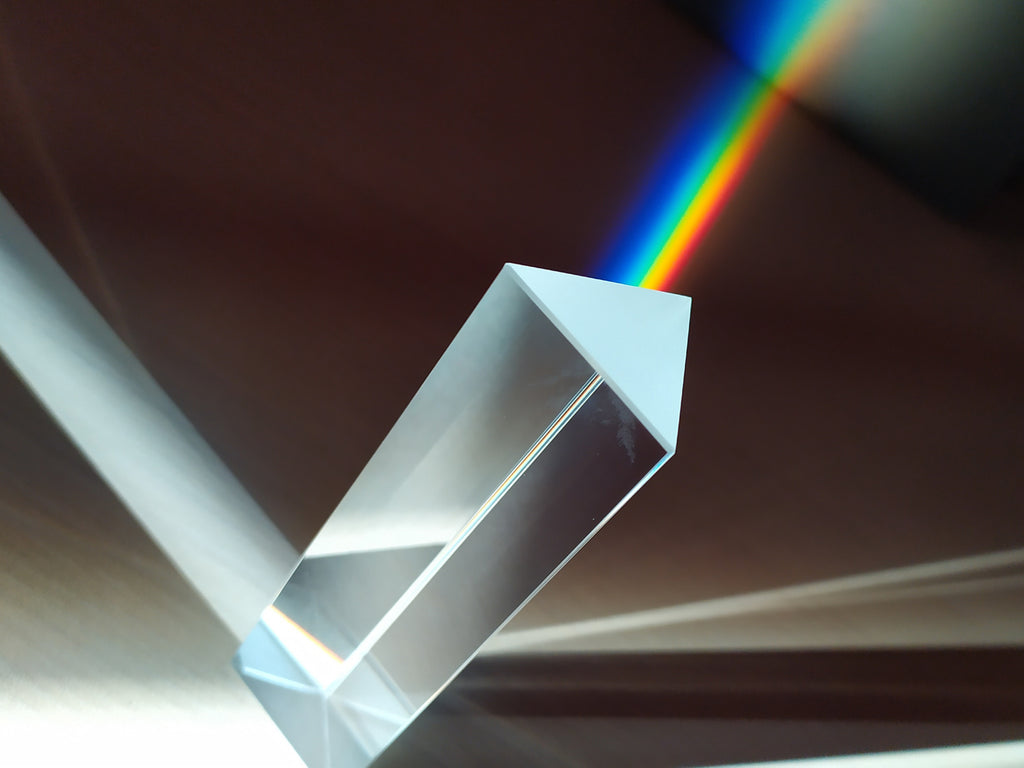What is Indigo?
“Indigo is a color the human eye can never truly see, a slice of the spectrum imbued with the promise of invisibility. But in the dark world occupied by Jack Chambers' father, indigo will also lead to places of unknown treachery, and ultimately, to madness. As Jack tries to fulfill the terms of his father's last will and testament, he is led on a journey of the flesh and spirit, through the ancient landmarks of Rome, to a group of people who will stop at nothing in their pursuit of invisibility.”
This is how the author Graham Joyce started his novel INDIGO when he wrote it in 1999.
When I first read his book, I started to notice the mystery about indigo. It never occurred to me that there was such a debate about what this color really was and what it meant. So, naturally, I started digging.

First of all, let’s break down the concept of colors. Pure light passing through a prism split into a continuous spectrum. The brain, trained by years of naming colors, tricks the eye into seeing those colors that we have a definition for. This is where men and women are said to be able to see different colors, or one a larger palette than the other. Cultural upbringing, academic exposure and arguably genes, all determine what we are able to visually perceive and we live in a world where our natural instinct is to seek comfortable safety; this search leads us to focus or notice only those things we are comfortable with and which the brain does not want to ponder over. Of course, overthinkers will have a lot to contradict here...
An example is the rainbow. Despite it being made of more than seven colors, we are taught to distinguish seven colors out of the continuous spectrum of light it is made up of. Furthermore, the names we give to some of the colors we see differ from one language to another. It is not uncommon to see one refer to amber, ochre or yellow. This latter is an example of what indigo is.
Indigo doesn’t even exist in some languages. We call indigo what the market calls Prussian Blue or Navy Blue or Lapis Lazuli or Indigofera Tinctora - which is a flower that botanist say is what true indigo is. We come back to the old human problem of pigeonholing a concept into a definition or word so that we no longer need to dissect and understand it.

So, what is it then?
We have to go back to the spectrum of visible light, which really consists of a range of different wavelength, each of which is responsible for one ‘color.’ Those are wavelengths of electromagnetic radiation that we perceive as colors. The color Red is the name we gave to the 640 nanometer wavelength. Similarly, orange is 610nm, yellow is 580nm, green is 520nm, and the ‘blue’ spectrum (consisting of the rest of the seven rainbow colors: light blue, dark blue and purple) is the 400-480 nm. So, to summarize, we picked indigo to be between 420 and 450 nanometers. Which makes indigo a range rather than a pure color. Between blue and violet.
Even Isaac Newton was fascinated by the color indigo or what it represented and at the time, he chose indigo to be the seventh color he saw in the rainbow. The mystery surrounding indigo is palpable, almost to a metaphysical extent.
One on end, we have the possibility to extending the debate to the realms of explaining to a blind person the color of the sky and the other end puts an end to the debate with a pigeonhole matter-of-fact that indigo is simply the color code #4b0082 because the computer says so.




